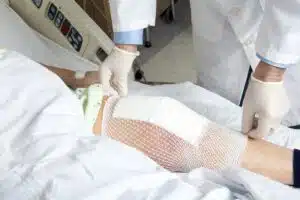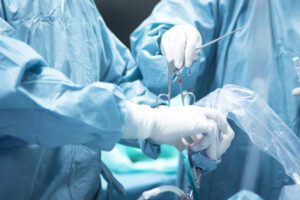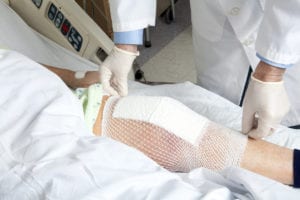Knee problems, like pain, swelling, and reduced mobility, can interfere with your daily activities, and if not treated and managed on time, these lead to severe consequences. Minor knee problems respond well to nonsurgical treatments. But, surgery is recommended when all nonsurgical treatment options fail to treat and eliminate the symptoms of knee problems. Gradual…
knee surgery in North Dakota
Benefits of Knee Surgery
Even though scary, knee surgery can provide you with relief from a myriad of symptoms that interfere with your daily routine tasks and for which nonsurgical treatments are not enough. Many things can warrant knee surgery, including osteoarthritis of the knees, gradual wear and tear of the knee joint, knee disease, and trauma to the…
How to Prepare for Knee Surgery
Knee surgery encompasses many different types of procedures, from knee ligament construction to knee replacement. Whichever type of knee procedure you are undergoing, you need to do some preparation for the day, and the following days, weeks, or months that you will be in recovery. Before your scheduled knee surgery, the orthopedic surgeon should discuss…
Do You Have to Wear a Brace After Arthroscopic Knee Surgery?
Knee arthroscopy is a minimally invasive surgery that is performed to diagnose and/or treat many types of persistent knee problems, such as knee fractures, knee synovitis, or soft-tissue injuries like bursitis, torn meniscus, and patellar tendonitis. During arthroscopic surgery, tiny incisions are made around the knee, and your orthopedic surgeon then inserts a thin tube…
Reasons for Arthroscopic Knee Surgery
Arthroscopic knee surgery is a surgical technique that involves the creation of a very small incision into which a flexible, miniature, fiber-optic camera (also known as an arthroscope) is inserted. The arthroscope projects a view of the structures inside the knee onto a monitor, thereby allowing the orthopedic surgeon to examine the knee and repair…






